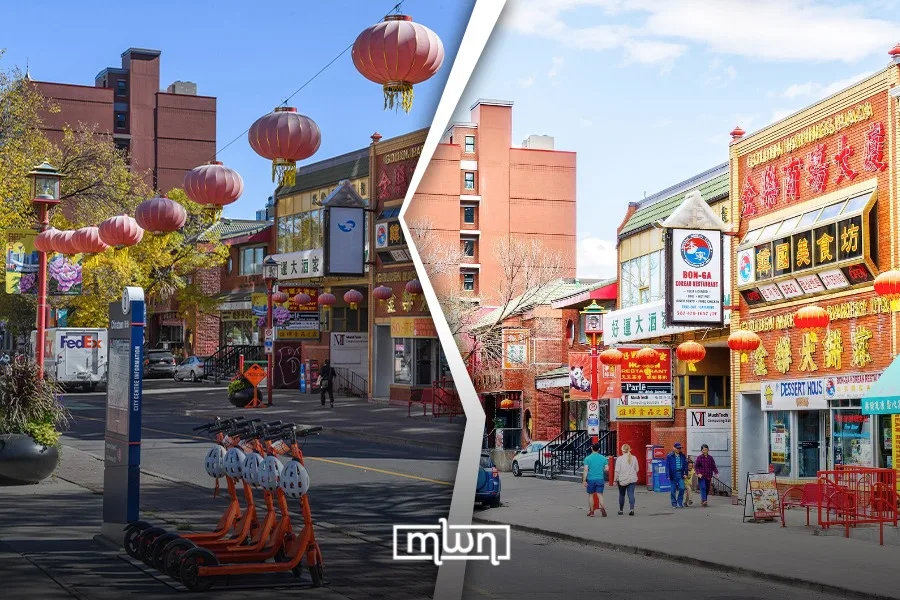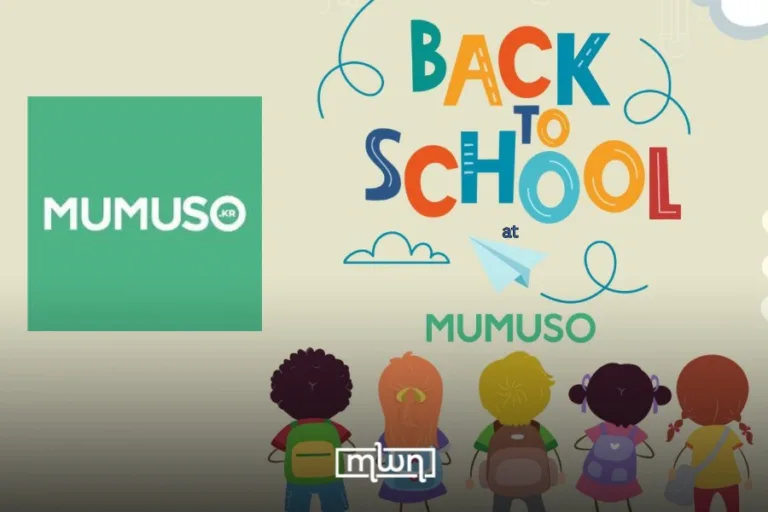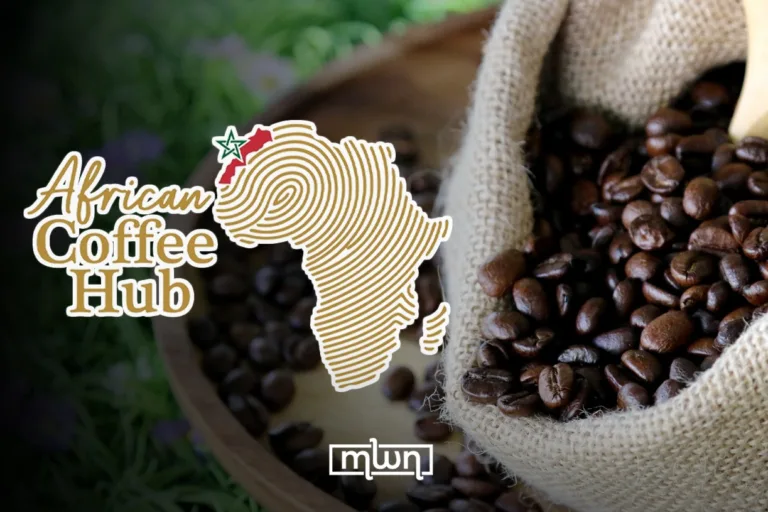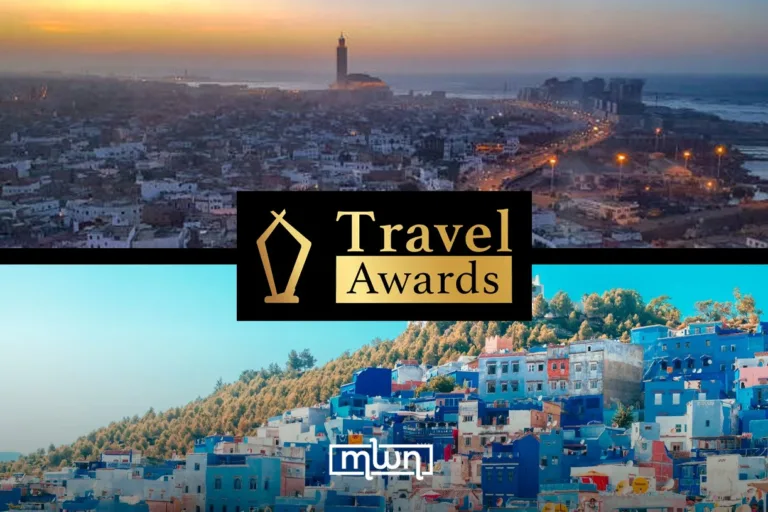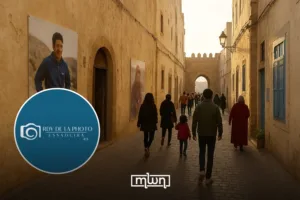What started with gold seekers has grown into one of Canada’s most enduring cultural districts.
Fez– In the heart of Calgary, steps away from the Bow River, Chinatown feels like an open window to another continent.
Lantern-red storefronts, golden Chinese characters, and the aroma of old tea houses turn this lively district into far more than just a tourist stop, it is a living archive of migration, survival, and cultural pride.
Chinatown’s story began 160 years ago, when Chinese migrants first arrived in Canada chasing gold along British Columbia’s Fraser River.
When the rush ended, thousands found work building the transcontinental railway that would bind the country from coast to coast.
By 1885, the railway was complete, and 17,000 Chinese workers were abruptly dismissed, left without jobs, language, or support.
Many walked east along the very tracks they had laid, finding their way to Calgary. They built new lives in three main trades: laundries, restaurants, and groceries, and eventually formed the city’s first Chinatown in the 1880s.
The community moved several times, pushed by rising land prices and racial discrimination, but it endured.
What stands today is both a neighborhood and a monument: a place where memory is built into every sign, every storefront, and every festival.
At its heart is the Chinese Cultural Centre, a striking building capped with a blue dome inspired by Beijing’s 600-year-old Temple of Heaven.
Inside, intricate blue, yellow, and green designs sweep across the ceiling, while walls display historic photographs and artifacts.
These images reveal how early Chinese settlers took part in Calgary’s Stampede over a century ago and how the community integrated while preserving its identity.
Chinese Canadians not only shared their culture, they raised funds for disaster relief and even served in Canada’s military during the Second World War.
Chinatown’s heartbeat is still a cultural celebration. The Lunar New Year fills its streets with lion and dragon dances, glowing lanterns, and booming drums, joined by local and federal officials, tourists, and residents alike.
The festivities don’t stop there: April brings the Qingming Festival, June celebrates the Dragon Boat Festival, and September marks the Mid-Autumn Festival, along with year-round opera performances and cultural workshops.
This August, the annual Chinatown Street Festival once again transformed the neighborhood into an open-air stage.
Traditional dancers performed under rows of red lanterns, calligraphy masters taught visitors to shape elegant Chinese characters, and musicians played the haunting tones of the erhu and guzheng.
A bustling food market offered everything from steaming dumplings to crisp fried pastries, turning the event into a feast for all senses.
For local businesses, the festival is more than a cultural display, it’s a vital platform. Many young entrepreneurs showcase imported goods and handmade crafts, meeting customers face-to-face instead of online.
For visitors, it’s a rare chance to step into Asian culture without leaving Canada, tasting history and heritage along with the food.
Calgary’s Chinatown also reflects the challenges of today. During the COVID-19 pandemic, the community faced a wave of hostility and xenophobia, a reminder that cultural understanding cannot be taken for granted.
Meanwhile, younger generations balance modern Canadian life with the responsibility of preserving traditions passed down by their grandparents.
Yet this district continues to thrive as a bridge between East and West. It welcomes travelers from the U.S., China, Europe, and Africa who come not just to shop or dine but to walk streets that carry 160 years of migration and memory.
In its teahouses, murals, and festivals, Chinatown tells a story that is both deeply local and undeniably global: how a community uprooted by hardship built not just a neighborhood, but a home that continues to give life to the city around it.

